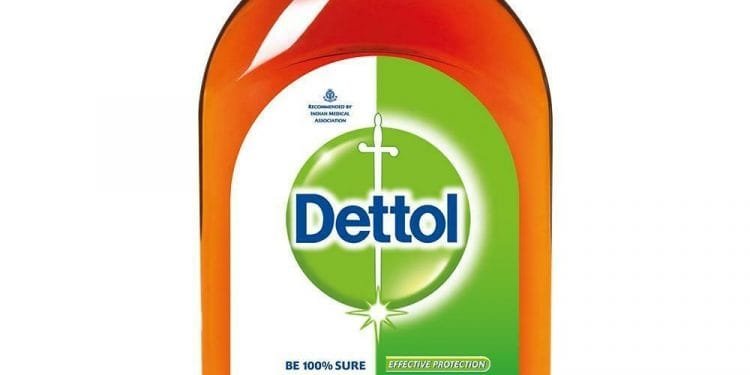Hands are one of the most vital parts of the human body, but they are also vulnerable to germs. This is because hands come into regular contact with living and non-living things, making them a perfect spot for germs to breed.
If we do not follow strict hand hygiene, these germs can enter our system, causing various diseases and illnesses. Thus, it is important to wash hands frequently. However, many people wonder whether soap and water are enough or if they should go a step further and use sanitiser. Both products are effective, but there are some differences.
In this article, we will explain those differences and discuss why it is essential to clean our hands with a handwash and sanitiser.
Differences Between Dettol Handwash and Sanitiser
Use of Water:
A handwash is more like soap but in a liquid form. Though handwash is very effective in ridding the hands of germs, it has to be used with water. In contrast, a sanitiser contains alcohol, and thus, there is no need for water. Moreover, sanitisers come in many forms. You can get sanitisers to keep your hands clean and sanitise your homes.
However, the ones we use in our homes, offices, or hotels are a little different from a standard sanitiser that you can use on your hands. Dettol antiseptic liquid 5 litres is an example of this kind of liquid. People use this liquid for surface sanitisation, cleaning minor cuts, and adding it to the water to shower.
Removal of Dirt and Grease
Since a sanitiser works well without water, you can use it in places where water is unavailable. Apply a drop of sanitiser to your hands, rub thoroughly, and get rid of germs. Make sure you use a sanitiser with more than 60 percent alcohol content.
Though sanitiser is very effective against germs, it will not be able to remove dirt. If your hands are dirty or greasy, the best recourse is to clean them thoroughly with water and a handwash. Besides killing germs, a hand wash is also very efficient in removing traces of dirt, oil, etc.
You need to remember that a sanitiser disinfects but does not remove dirt. That is the task of a handwash.
Method of Cleaning Hands
Before you use a handwash, wet your hands. Pour a drop of handwash and rub your hands together. Do not miss any part like the palms, the skin beneath the fingernails, the area between the fingers, the back of the hand, etc. Continue to scrub for 20 to 30 seconds, then rinse off the lather with water. After that, pat dry your hands with a soft towel.
If you are using sanitiser, open the bottle and apply a generous amount of liquid to your hands. Spread the sanitiser evenly on every part of your hand and rub it evenly. While using a sanitiser, you do not have to use water. The sanitiser dries naturally, and it will take just a few seconds for the solution to dry completely.
Ingredients
Sanitisers are alcohol-based products. A sanitiser is effective against germs if it has more than 60 percent alcohol content. That is why it is necessary to check the alcohol content before buying a sanitiser. It is also necessary to be cautious with sanitiser. After applying the solution, let it dry completely. Do not light a fire with wet hands or touch your eyes if the sanitiser has not dried off completely.
In contrast, alcohol is not an ingredient used in the manufacturing of handwash. Here, brands use Glycerine, Ammonium Lauryl Sulphate, Sodium Chloride, Cocamide Citric Acid, Salicylic Acid, and more. Depending on the handwash you purchase, natural fragrances may also be added.
Where to Use
A handwash can only be used at places where water is available. The liquid cannot be left to dry on its own; it has to be rinsed with water.
A sanitiser can be used anywhere, especially where water, soap and a sink are unavailable. You can use it at a hospital, bank, hotel, ATM, in the market, or any place frequented by people. It will help prevent the accumulation and spread of germs.
Conclusion
Both products are equally effective; however, you should know when to use a handwash and a sanitiser. The best part about a sanitiser is that you can easily carry it in your pocket and use it whenever or wherever you want. A sanitiser will protect you from germs and is the best product to use when water is not available. However, sanitiser is ineffective when dirt and oil accumulate on your hands. For dirty hands, a handwash is best.






















































